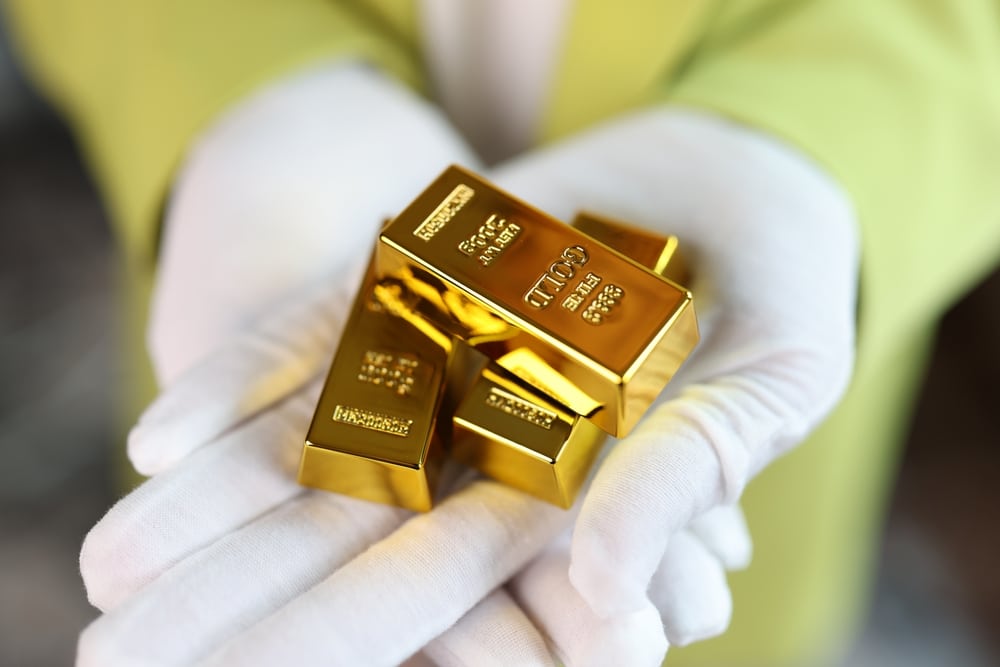A collaborative team of researchers from several Israeli institutions has created a tiny, beating heart the size of a third of a grain of rice.
According to Prof. Yaakov Nahmias, who led the research, it is the first heart model grown from stem cells with all the key structures, including ventricles, atria, an epicardium (outer shell), endocardium (inner lining), and natural pacemakers. (Previous models have been merely clusters of heart muscle cells.)
“What makes this even more groundbreaking is that because we could make this heart in the lab, we were able to put sensors on it that told us how it works and to get some insight into the physiology of the human heart,” said Nahmias, of the Hebrew University of Jerusalem, Technion-Israel Institute of Technology, and Tissue Dynamics Ltd.
Human organoids provide researchers with unprecedented opportunities, and the findings could lead to drug breakthroughs that may not otherwise happen. For example, the tiny heart model is critical for studying the human organ’s physiology (the hearts of small animal models such as mice differ too much from those of humans).
“If you want to study the heart, you have a huge problem if you’re using animals. A lot of things like the channels in the mice hearts are very different from humans and a lot of the drugs and a lot of the diseases simply don’t translate,” Nahmias told The Times of Israel.
Nahmias and his collaborators published a study in the peer-reviewed Nature Biomedical Engineering journal on August 7 on their discoveries about the metabolic activity in the thousands of tiny hearts — each measuring half a millimeter — grown in the lab.
The scientists found that the metabolic activity of the heart oscillates, or changes, very fast — in milliseconds. This was completely unexpected, as it has been generally understood that metabolism changes more slowly.
“Metabolism is not supposed to be that fast. We think about metabolism changes when you eat a meal, that they happen in hours, maybe minutes. It shouldn’t change in milliseconds,” Nahmias said.


















